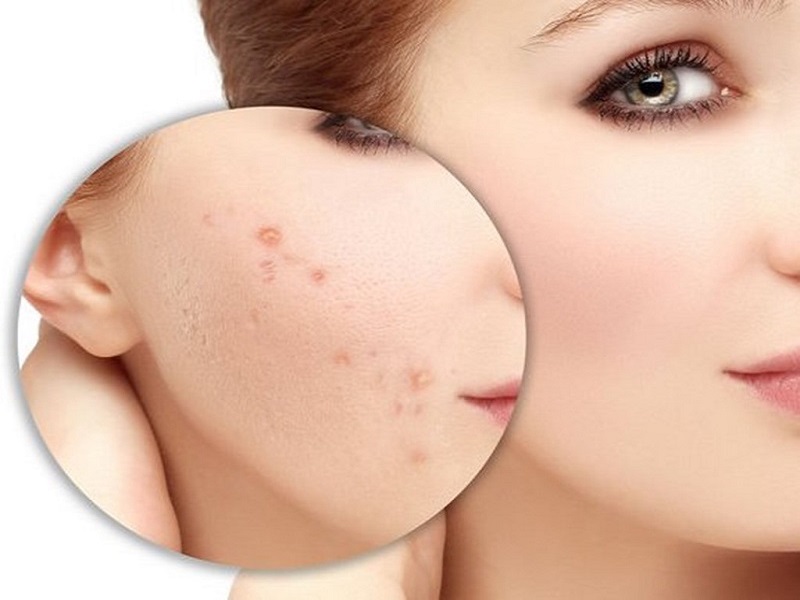Although boxcar scars are not itchy or uncomfortable, they are a type of skin injury that does not heal on its own, making them challenging to treat. The process of addressing boxcar scars can be costly and time-consuming…
Common Causes of Boxcar Scars
Acne
Acne, including types such as cystic, blackheads, pustules, and whiteheads, can lead to blocked pores if left untreated. Even in cases where severe inflammatory acne is allowed to heal on its own, it can still result in boxcar scarring.

Severe inflammatory acne can still result in boxcar scarring even when left to heal on its own.
Scarring from Chickenpox:
Chickenpox, characterized by itchy blisters all over the body, can leave boxcar scars if not carefully and properly cared for. Scratching and breaking the blisters is a common cause of scarring in such cases.
Boxcar scars can also form due to other reasons, such as folliculitis, burn injuries, or physical trauma like falls…
Treating Boxcar Scars
Boxcar scars are a result of the skin’s healing process, forming a partial barrier to protect against bacteria and external harmful agents.
Some methods to improve boxcar scars include:
Topical Treatments
Products that stimulate collagen production and fill in scars, such as tretinoin and retinol, in combination with vitamins C, niacinamide, and hyaluronic acid, can help improve the appearance of boxcar scars.

Products that stimulate collagen production will help fill in and improve the appearance of boxcar scars.
Chemical peels, also known as chemical lothing, can be used to treat mild boxcar scars. The severity of the scarring determines the choice of product. This method helps fade shallow boxcar scars and improves skin appearance over a few weeks of treatment.
Microneedling:
This technique creates temporary inflammation, stimulating collagen regeneration. Similar mechanisms of action are employed by other methods like laser fractional, RF fractional, and CO2 fractional laser, which can be combined with chemical peels for enhanced results.
Dermal Fillers
Fillers help raise the surface of the scar to match the surrounding normal skin level. Injecting fillers is a quick way to fill in and improve the appearance of boxcar scars.
Notes
– Start Treatment as Early as Possible: Treating scars when they are fresh and the tissue is still soft and pliable is more effective and time-efficient.
– Adhere to the Treatment Plan: During the treatment process, it is crucial to follow a strict skin care and protection regimen specific to the chosen method.































